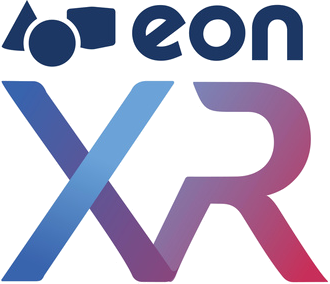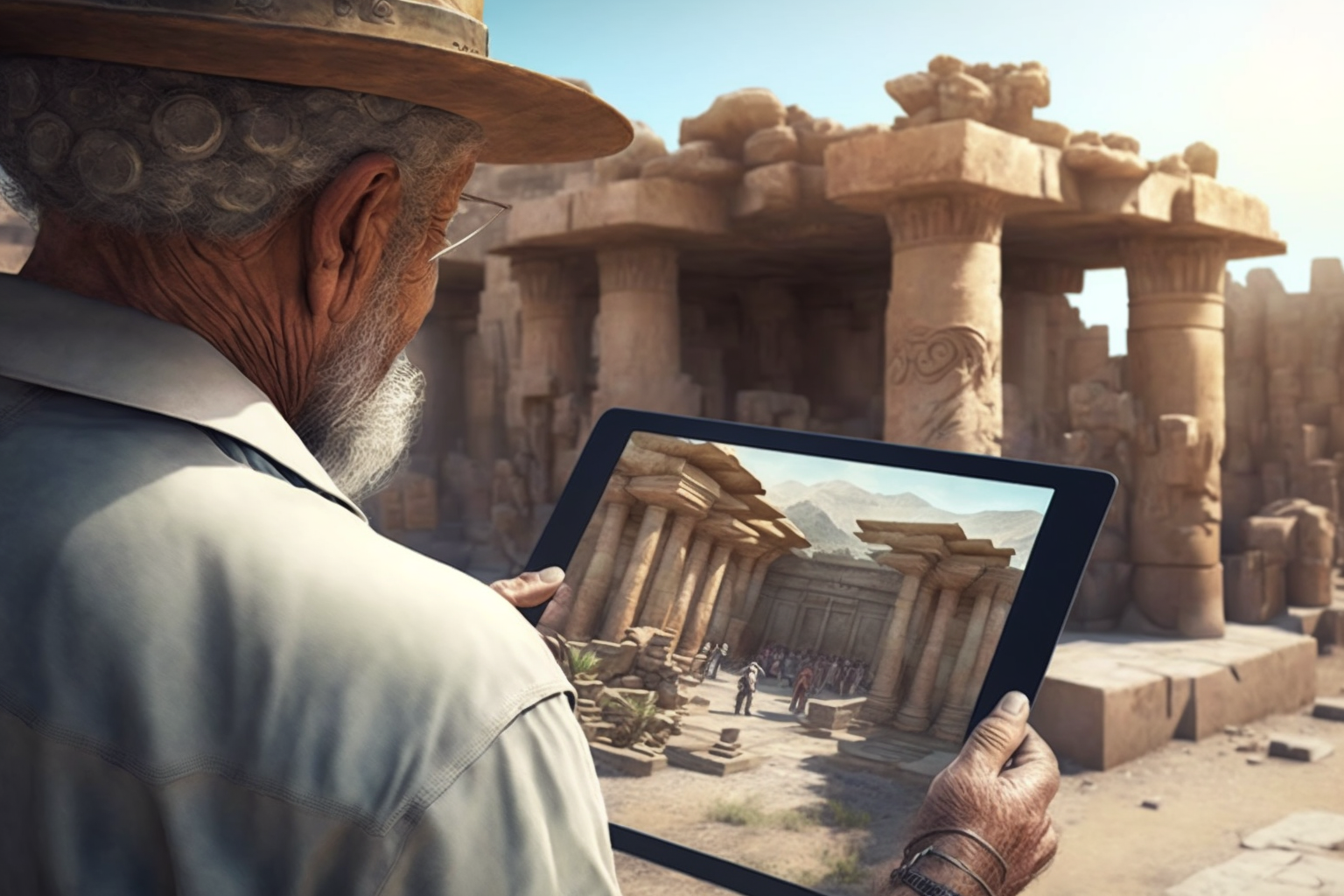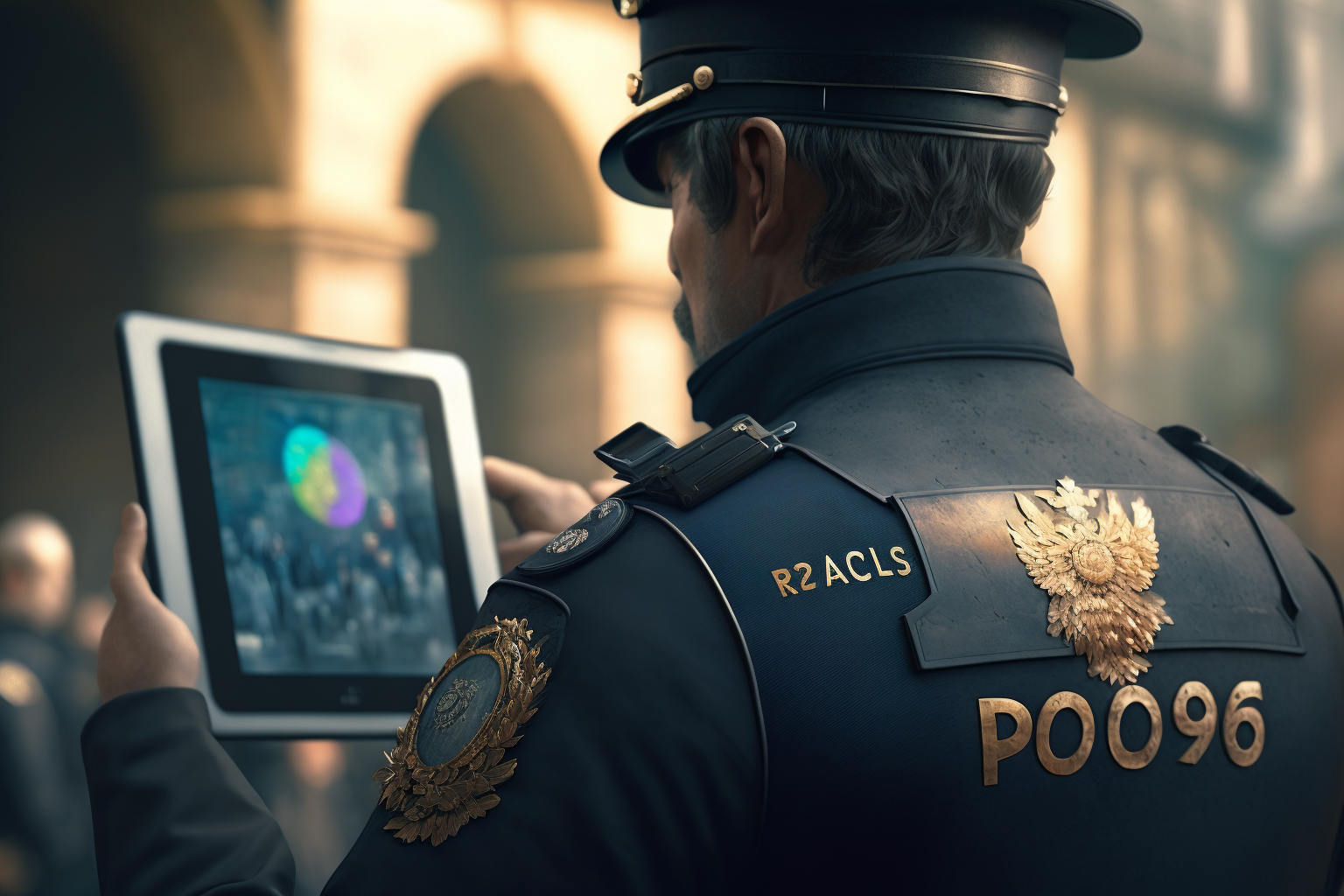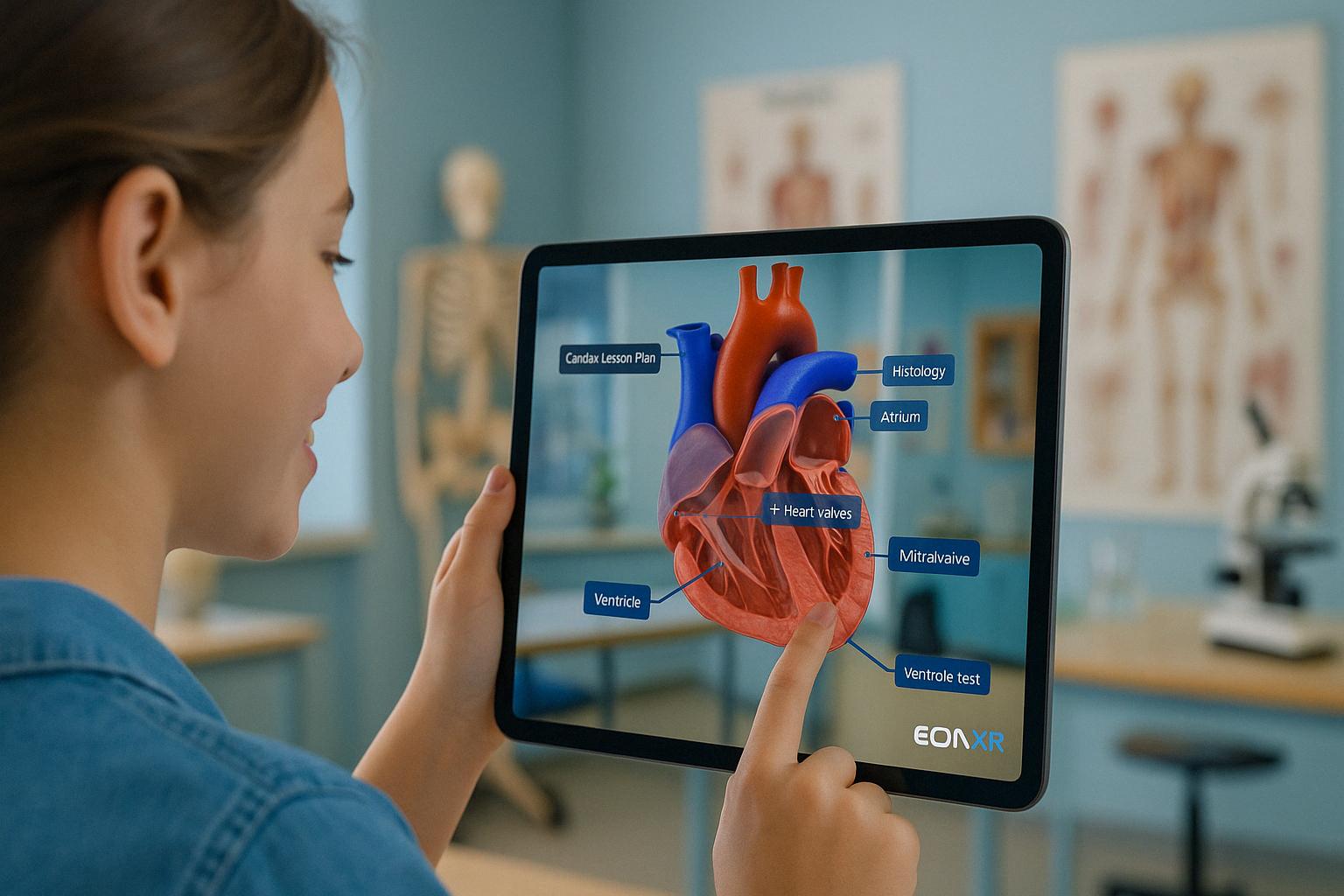During a recent interview on CNBC, CEO of EON Sports VR, Brendan Reilly, shared how the Virtual Reality training software SIDEKIQ does more than make athletes bigger, faster, and stronger.

“They embrace the technology and are engaged with the technology; that generation learns with it,” said Reilly. “They are all on their smartphones anyways. So, we take that and meet them where they’re at basically, provide something that they want to utilize and want to engage with.”
With SIDEKIQ, a player supplements their on-field repetitions with Virtual Reality, limiting wear and tear on their body. According to the NCAA, the overall injury rate in NCAA football is 8.1 injuries per 1,000 athlete exposures (games and practices combined), and concussions make up 7.4 percent of all injuries in college football players. Through Virtual Reality, athletes are maximizing the effectiveness of their practices by stepping on the field with a full understanding of their playbook.
“If you look at VR in its historical evolution, it’s the two-fold; it’s the training side of things, but also the gamufication side of things,” said Brendan Reilly, CEO of EON Sports. “I think the numbers are probably bigger on the gaming side, however, we’re really focused on training.”
“We’ve done studies with elite athletes, all the way down to Jr. High School kids. We analyzed their decision making within the VR, took that and looked at it over a period of time,” said Reilly. “We saw improvements of up to 30{0fab034ea82b07661647ea8532e9066bcdd529bddfd482414d4493f90063c904} in their decision making. This number of repetitions over a year, you’re talking incredible amount of games from a cognitive perspective.”












